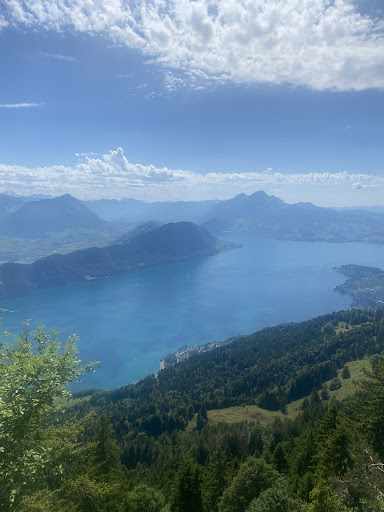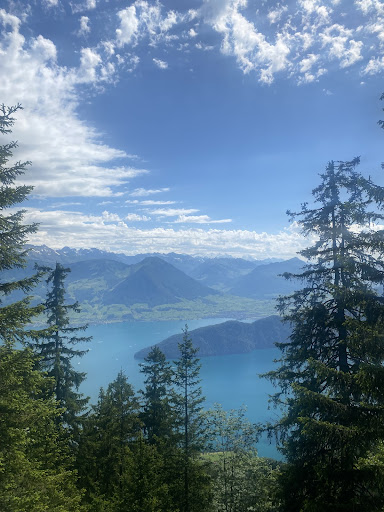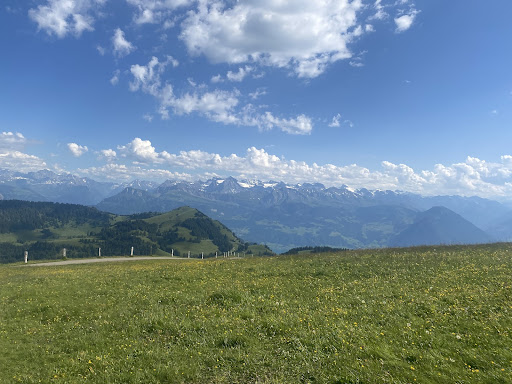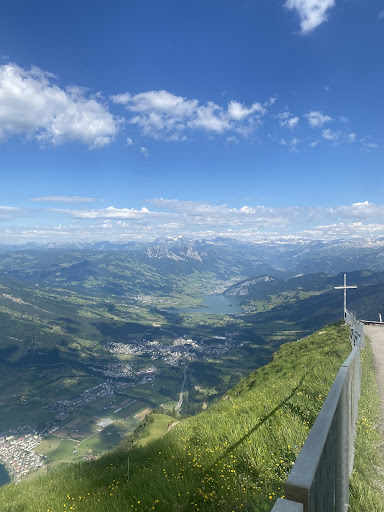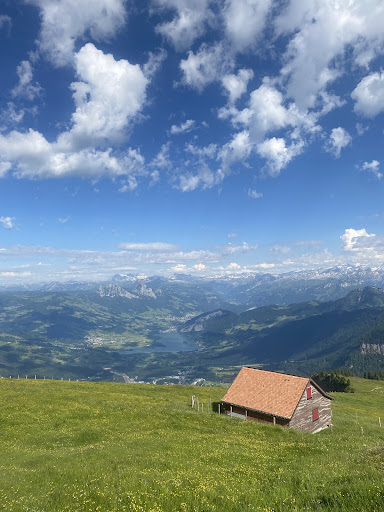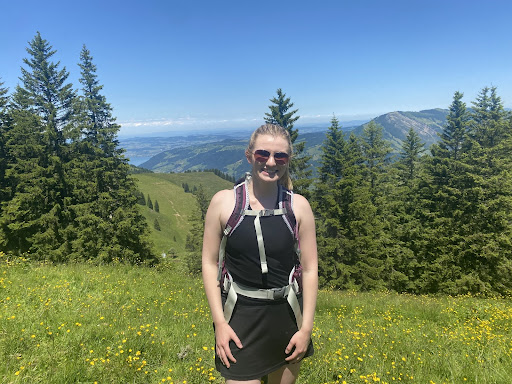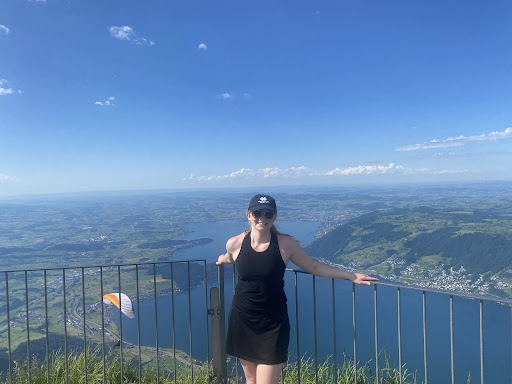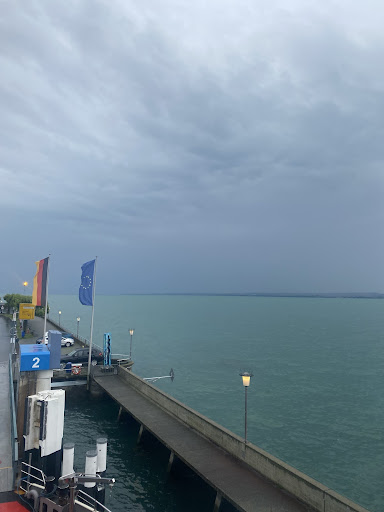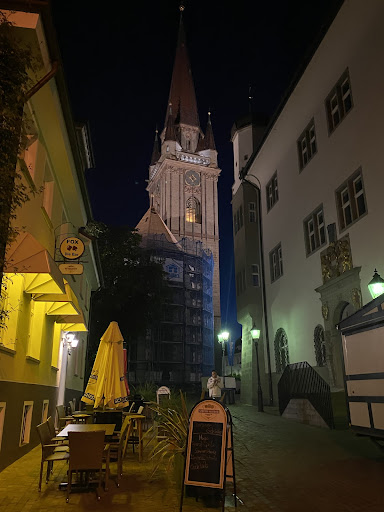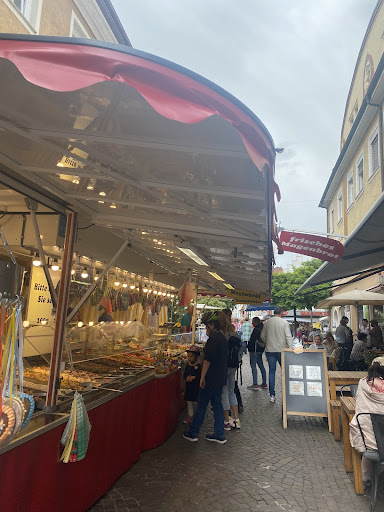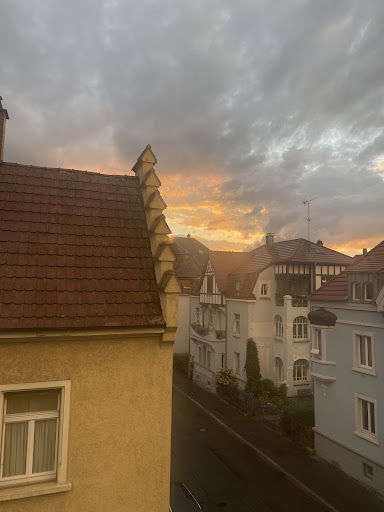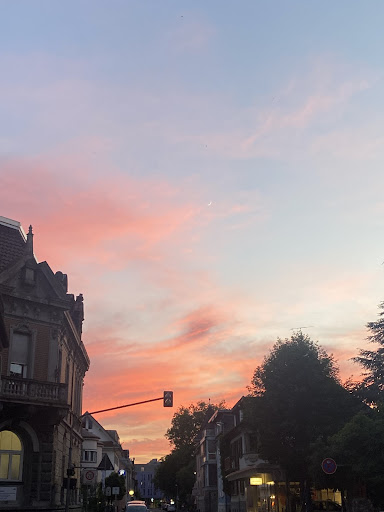The Bodensee, a large lake, connects southern Germany, Austria, and Switzerland. Therefore, several different dialects of German exist within a relatively short distance. Schwäbisch in parts of Baden-Württemberg, „Schwyzerdütsch“ in Switzerland, and Österreichisch from Austria all intersect around the Bodensee, especially with many traveling during the summer months.

The first obvious difference in communication (specifically between American and German styles of communication) that I noticed was German directness. I experienced this while living in Germany as a child, and I remember that it took a period of time to adjust to direct questions, direct answers, and direct exclamations, opinions, or complaints. However, this time, I quickly adjusted to this element of cultural communication in a matter of days. With each day easier to communicate fluently in German, I experienced more and more ease being politely direct in German and communicating effectively in different situations.

Directness could be potentially confused with impatience or coldness, but within German culture, it is more normalized in regard to practicality and efficiency. People are less likely to be superfluously chatty in everyday situations—say, at the grocery store, in shops, or in train stations. However, much warmth is shared between friends that develops after persistent communication and friendship. Also, in the south of Germany, there is a lot more “warmth“ in regards to how strangers communicate, although a little less than what would be usual and expected in the south of the United States, where my family lives.
In regards to linguistic differences, various greetings will often distinguish from which country (Germany, Switzerland, and Austria) and from which respective region someone comes. When exploring Zürich or hiking in Switzerland on weekends, I would greet and be greeted with „Grüezi!“ instead of „Guten Tag.“ On such excursions, I noticed etiquette and communication differences between Germany and Switzerland—while in Germany it is more unusual to greet a passerby on the street, sidewalks, or trails, it is more commonplace in Switzerland to welcome one another or even start small conversations. Funnily enough, during one hike in Switzerland (on Mount Rigi), I accidentally (and unfortunately) stepped on a pile of cow dung. Simultaneously, an older Swiss couple hiked past, and we had a spontaneous conversation, making jokes about how I was „really experiencing nature.“ In public in Germany, people tend to keep more to themselves or to their group of friends. Each way of interaction is neither better nor worse, but rather just different. In each place, I tried to blend in as best as possible, so I would follow these unwritten communication patterns and standards. In doing so, I reflected on how I usually interacted with others, and I actually noticed my outgoing nature bloom, as I am comfortable not only conversing in different languages but also with different attitudes and styles of communication—all from which I have experienced lovely interactions and exchanges.
